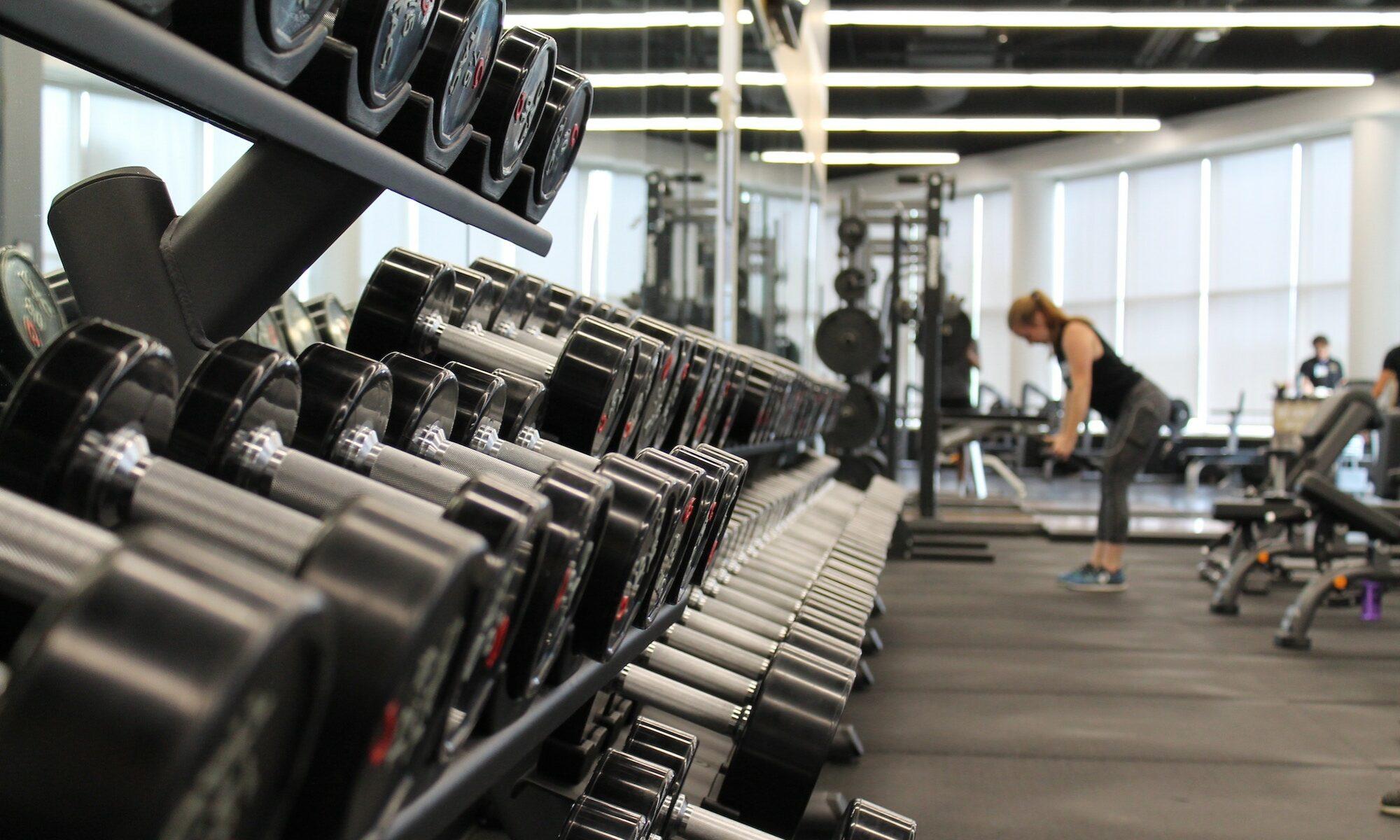In the evolving landscape of fitness technology, AI-generated summaries promise a future where your workout data transforms into actionable insights with striking clarity. As smart devices become an integral part of our daily routines, understanding the value and limitations of these AI summaries becomes crucial. Far from mere numbers on a screen, they offer a new lens through which we view our health, recovery, and performance. Yet, beneath the surface of polished reports lies a complex matrix of algorithms struggling to balance precision, personalization, and usability. Fitness enthusiasts and professionals alike are navigating this intersection where innovation meets expectation, seeking clarity amidst an abundance of data.
Unlocking the Power of AI in Fitness Data Summarization
The integration of artificial intelligence into fitness tracking platforms marks a transformative era in health monitoring. Pioneers like Strava with their Athlete Intelligence, Whoop’s AI Coach, and Oura’s Advisor embody advancements in AIWorkoutInsights that aim to decode raw data into meaningful feedback. These systems scrutinize heart rates, sleep cycles, activity intensity, and recovery metrics to offer customized guidance.
At its core, the promise of these tools lies in enhancing clarity and precision for athletes at all levels. Beginners gain straightforward interpretations of complex biofeedback, while seasoned athletes access InsightfulTraining suggestions that challenge their limits safely. With DataDrivenFitness shaping the approach, fitness technology doesn’t just track progress — it forecasts potential setbacks and recommends optimized training strategies.
Translating Raw Data into Intelligent Fitness Guidance
AI algorithms scour vast sets of biometric inputs, pulling together trends across time to craft summaries that resonate with individual fitness journeys. This precision is not mere automation but an evolving partnership between human ambition and AlgorithmicAthlete-driven insights. For example, a runner’s elevated heart rate might prompt precision adjustments during high-intensity intervals, taking into account weather conditions, past injuries, and recent performance fluctuations captured by FitAI integrations.
What sets apart platforms like ClearFitness and ClarityFit is their ability to contextualize data beyond mere statistics. Some incorporate environmental factors or stress biomarkers, offering recommended rest days when needed, or suggesting hydration strategies amid heatwaves. These insights empower users to make proactive decisions, avoiding common pitfalls such as overtraining or insufficient recovery periods.
- Real-time heart rate and workload analysis for adaptive training loads
- Sleep pattern evaluation linked to recovery optimization
- Longitudinal body composition tracking for sustainable progress
- Environmental context integration to inform workout timing and intensity
- Personalized reminders that encourage habit formation and injury prevention
Challenges in Delivering Fitness Clarity through AI Summaries
While AI-generated summaries provide a new dimension of fitness clarity, their effectiveness depends on accurate data interpretation and contextual awareness. Despite impressive technological strides, platforms often deliver generalized recommendations lacking critical intricacies. For instance, a high heart rate zone during a run may be flagged as intense without recognizing underlying issues like recent injuries or environmental stresses.
Fitness Vision AI systems must constantly negotiate a delicate balance between comprehensive data mining and maintaining user privacy and legal boundaries. Many AI features simplify outputs to avoid liability, resulting in advice that might seem obvious or at times unhelpful. Yet, these milquetoast summaries are a pragmatic compromise, offering quick, understandable feedback while protecting users and companies alike.
Bridging the gap between raw data and actionable intelligence requires continued refinement of AI models that incorporate longitudinal trends, personal history, and multi-dimensional health inputs. As SmartStrength technologies evolve, the pursuit of truly meaningful AIWorkoutInsights remains an ongoing journey rather than a finished destination.
| Platform | Primary AI Feature | Strengths | Limitations |
|---|---|---|---|
| Strava (Athlete Intelligence) | Automated workout summaries with heart rate analysis | User-friendly for beginners, good for quick recaps | Lacks injury context and environmental factors |
| Whoop (Whoop Coach) | Recovery and readiness chatbot | Comprehensive recovery data integration | Limited conversational capability, liability restrictions |
| Oura (Oura Advisor) | Long-term trend analysis and advice | Good insights on sleep and readiness | Trend latency and limited nuanced responses |
How AI Summaries Influence Training Decisions and Injury Prevention
At the intersection of fitness technology and athlete wellness, AI-generated fitness summaries wield significant potential to optimize training regimens and mitigate injury risks. The allure of customized advice, grounded in real-time data, drives adoption of systems like PrecisionFit and FitnessVisionAI that aim to keep athletes performing at their peak.
Yet, as recent experience shows, AI summaries often lack the nuanced understanding needed to flag dangerous training behaviors. For example, rapid mileage increases or workouts performed under extreme weather conditions frequently slip through the cracks. Such omissions underline the importance of integrating human oversight and advanced contextual inputs within AI frameworks.
Implementing InsightfulTraining for Safer Workouts
Effective AI summaries should prioritize highlighting risk factors clearly and proactively. By analyzing sequences of workouts, sleep disturbances, and stress markers, these systems can recommend tailored recovery days or lighter sessions to forestall overuse injuries. SmartStrength platforms can deploy machine learning models that identify patterns indicative of fatigue accumulation or biomechanical stress.
To bridge the gap between raw analytics and practical advice, AI platforms must evolve towards dynamic dialogue-based interactions. Imagine an AlgorithmicAthlete assistant capable of responding to specific queries about injury management, offering low-impact alternatives when necessary, fostering confidence and compliance in users dealing with setbacks.
- Tracking progression with injury-aware algorithms that recognize warning signs
- Recommending adaptive training plans based on recovery data
- Incorporating environmental stress checks into workout suggestions
- Personalizing rest and activity balance according to individual thresholds
- Enhancing athlete education through data-driven feedback loops
| Feature | Benefit | Potential Improvement Areas |
|---|---|---|
| Real-time injury risk alerts | Immediate mitigation of overtraining risks | Improved accuracy using multi-source data |
| Customized recovery guidance | Better adherence to rest periods | More personalized suggestions for different injuries |
| Environmental condition integration | Reduced heat and humidity-related incidents | Expanded weather data incorporation |
User Experiences and Perceptions of AI-Generated Fitness Summaries
As AI fitness tools increasingly integrate into daily routines, user feedback reveals a spectrum of reactions shaped by expectations, usability, and perceived value. ClearFitness innovations have found enthusiastic adoption among beginners eager to demystify biometric data, while some experienced athletes express skepticism about the depth and usefulness of present AI insights.
Many users admire the convenience of AIWorkoutInsights that distill lengthy data streams into digestible summaries. Yet, the frustration arises when these summaries fail to account for personal context or deliver repetitive, superficial advice. This divergence highlights a critical gap between AI’s current capabilities and the personalized coaching sought by serious fitness practitioners.
Balancing Realistic Expectations and Technological Potential
Users often expect smart fitness assistants to act as virtual coaches capable of understanding complex health narratives. However, current AIWorkoutInsights mainly regurgitate available metrics, sometimes leaving users questioning their validity or creating cognitive dissonance during recovery phases. The discrepancy between technological promise and practical reality sows dissatisfaction.
Conversely, platforms invested in continuous refinement, such as ClarityFit and DataDrivenFitness, report strong engagement metrics through iterative feedback-driven updates. These systems strive to evolve from basic data summaries into interactive, adaptive fitness companions that align with individual needs and lifestyle factors.
- Common praises: ease of use, accessibility, motivation boosts
- Frequent criticisms: generic advice, lack of nuance, poor injury handling
- Improvement requests: deeper personalization, contextual awareness, conversational AI capabilities
- Impact on adherence: mixed, with motivation benefits often offset by trust issues
- Community-driven enhancements: crowdsourced feedback influencing algorithm updates
| User Group | Primary Benefit | Main Frustration | Desired Feature |
|---|---|---|---|
| Beginners | Simple, motivational feedback | Lack of advanced insights | Personalized coaching tips |
| Intermediate Users | Progress monitoring | Generic workout advice | Context-aware guidance |
| Advanced Athletes | Data depth for training optimization | Superficial AI responses | Injury-specific recommendations |
Future Directions: Elevating AI Fitness Summaries with Enhanced Personalization
Looking ahead, the true potential of AI in fitness lies in merging advanced personalization with holistic health analytics. Fitness tech innovators are pushing boundaries by leveraging multi-dimensional data streams encompassing nutrition, mental wellness, biomechanics, and environmental factors. This evolution aims to establish AI as an indispensable ally in fitness journeys.
Initiatives around AlgorithmicAthlete intelligence target seamless integration of contextual clues — from localized weather patterns to user-reported injuries and fatigue levels — ensuring that AIWorkoutInsights transcend basic stat recaps. Developing sophisticated natural language models and dialog systems will transform passive summaries into interactive, empathetic coaching experiences.
Innovations Shaping the Next Generation of SmartStrength AI
Efforts in DataDrivenFitness focus on:
- Deep Learning models that infer individualized response patterns over extensive periods
- Multimodal sensor fusion combining biomechanics, physiological data, and cognitive metrics
- Contextual adaptability allowing dynamic adjustment of training programs based on injury risk and recovery status
- Conversational AI capabilities facilitating personalized dialogue with users around their fitness goals
- Ethically driven transparency promoting user trust through clear data usage policies
| Innovation | Expected Benefit | Current Challenges |
|---|---|---|
| Adaptive AI Chatbots | Enhanced interaction and personalized advice | Balancing responsiveness with safety constraints |
| Integrated Health Metrics | Holistic, actionable fitness insights | Complex data interpretation requiring robust algorithms |
| Environmental and Behavioral Contexts | Smarter adaptive training plans | Seamless sensor integration and user input fidelity |


